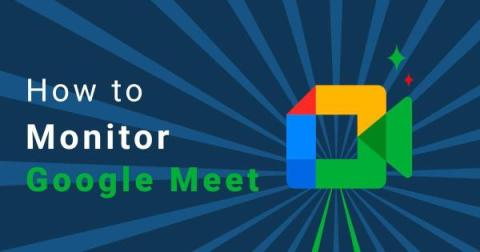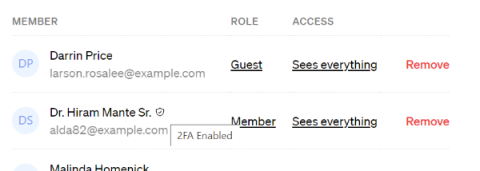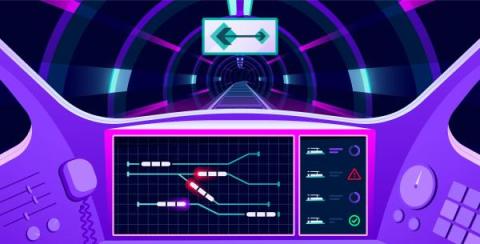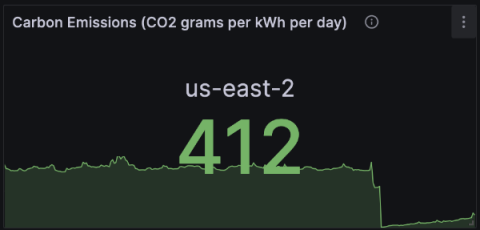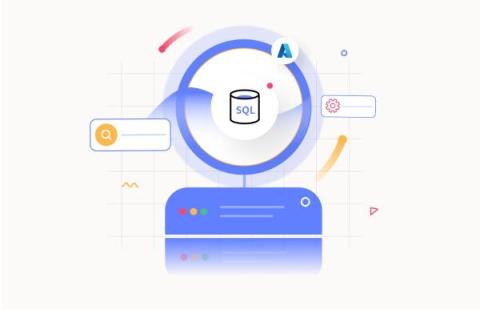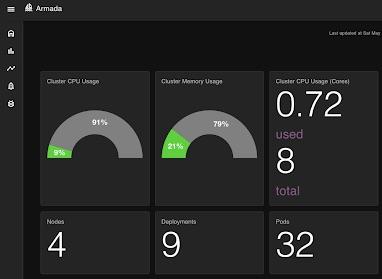Data Center Energy Consumption Trends of 2024
Data centers are the backbone of our increasingly interconnected world. They power everything from streaming services to AI, handling vast amounts of data every second. However, this technological advancement comes at a cost, with energy consumption being a significant concern. In fact, data center energy consumption is forecasted to double by 2026. As we venture further into 2024, it is important to review some of the key trends around energy consumption in data centers.



